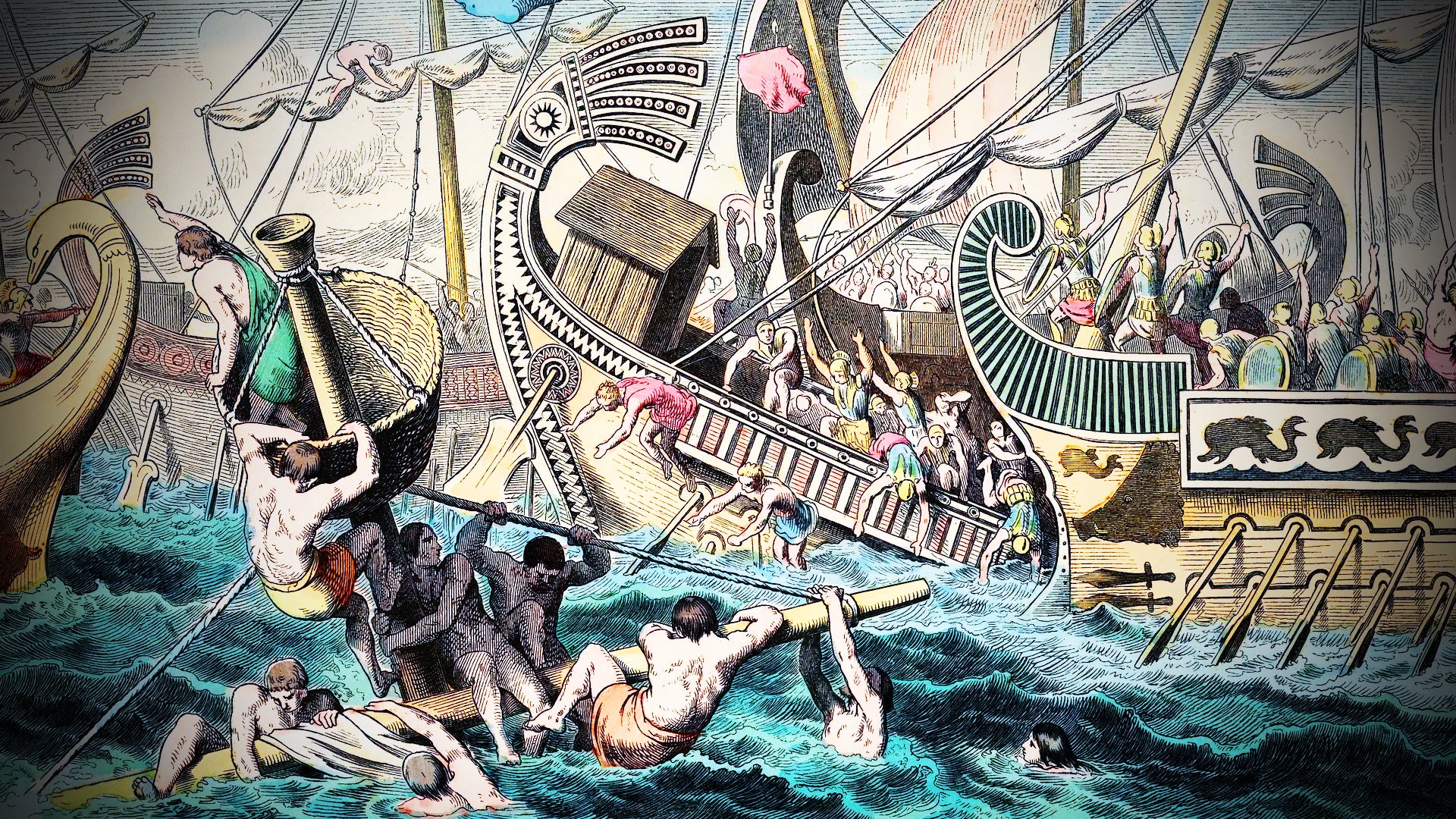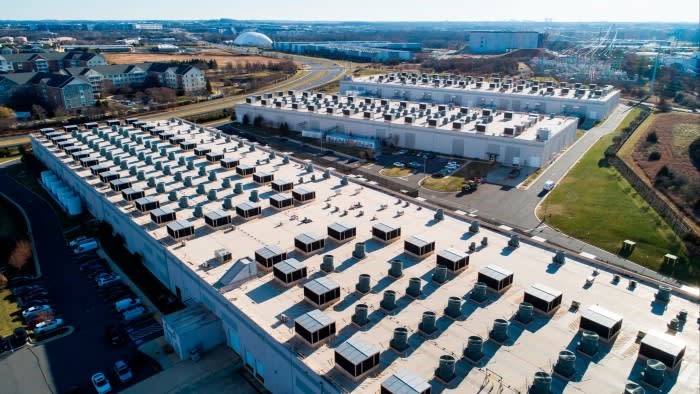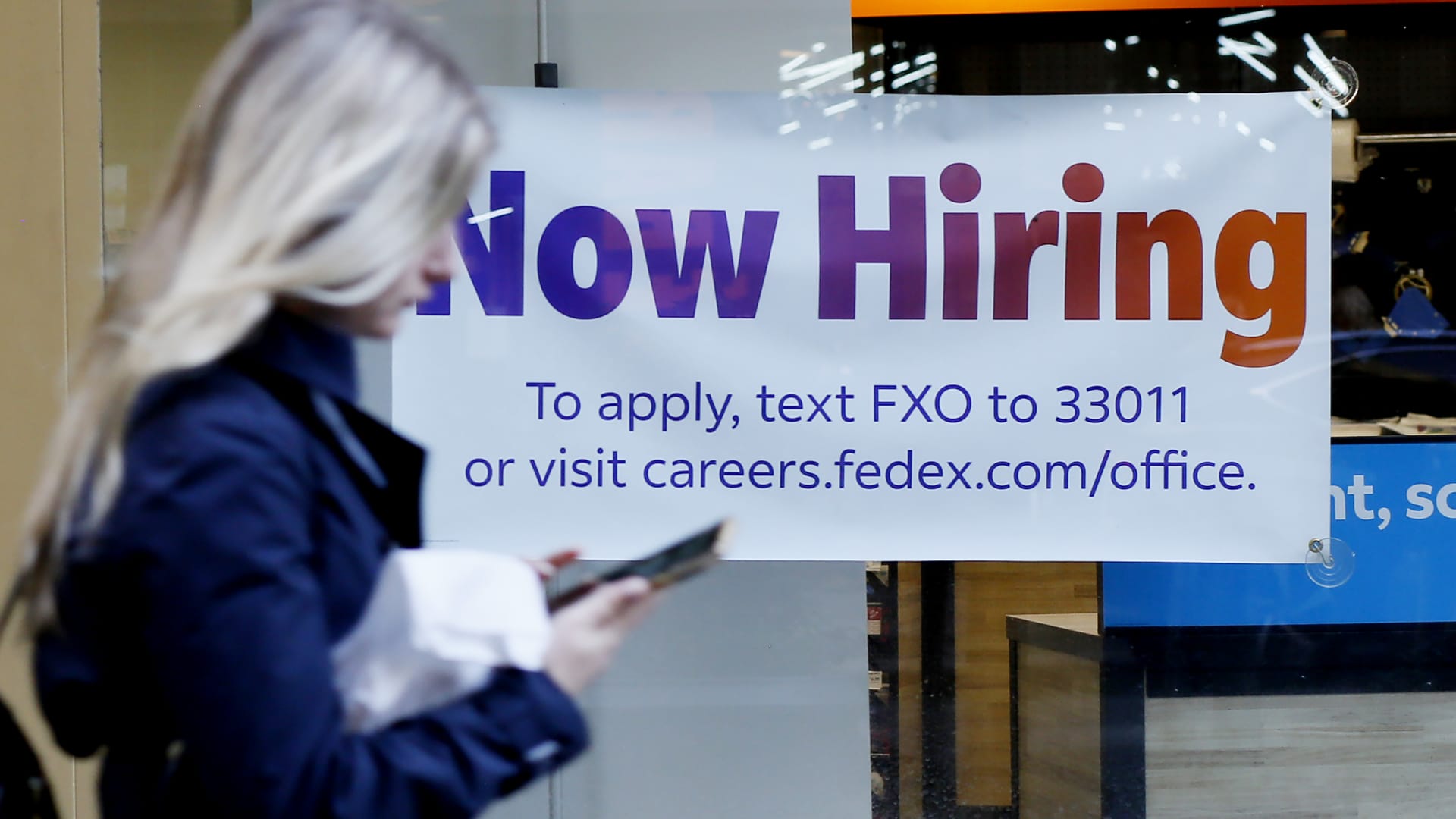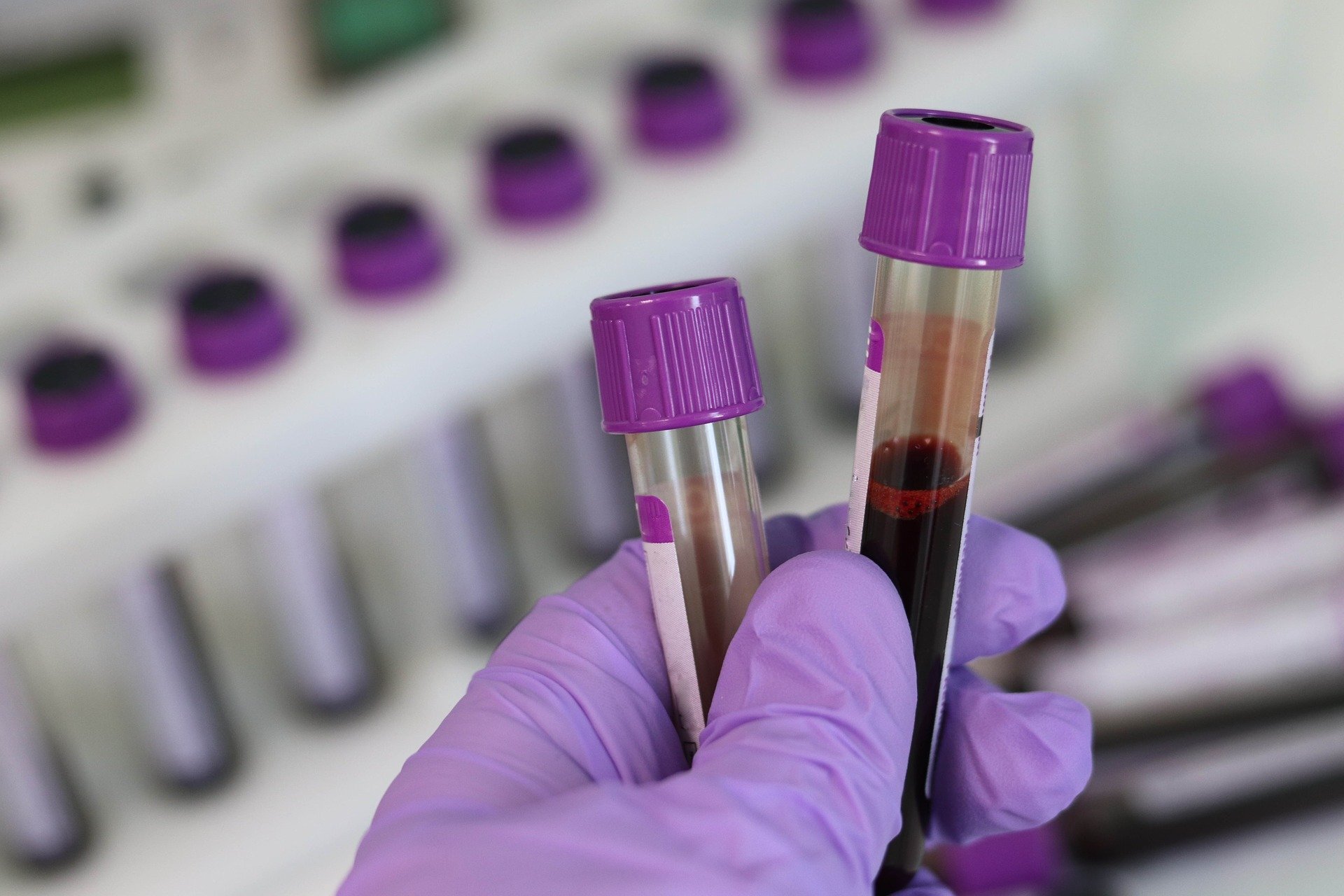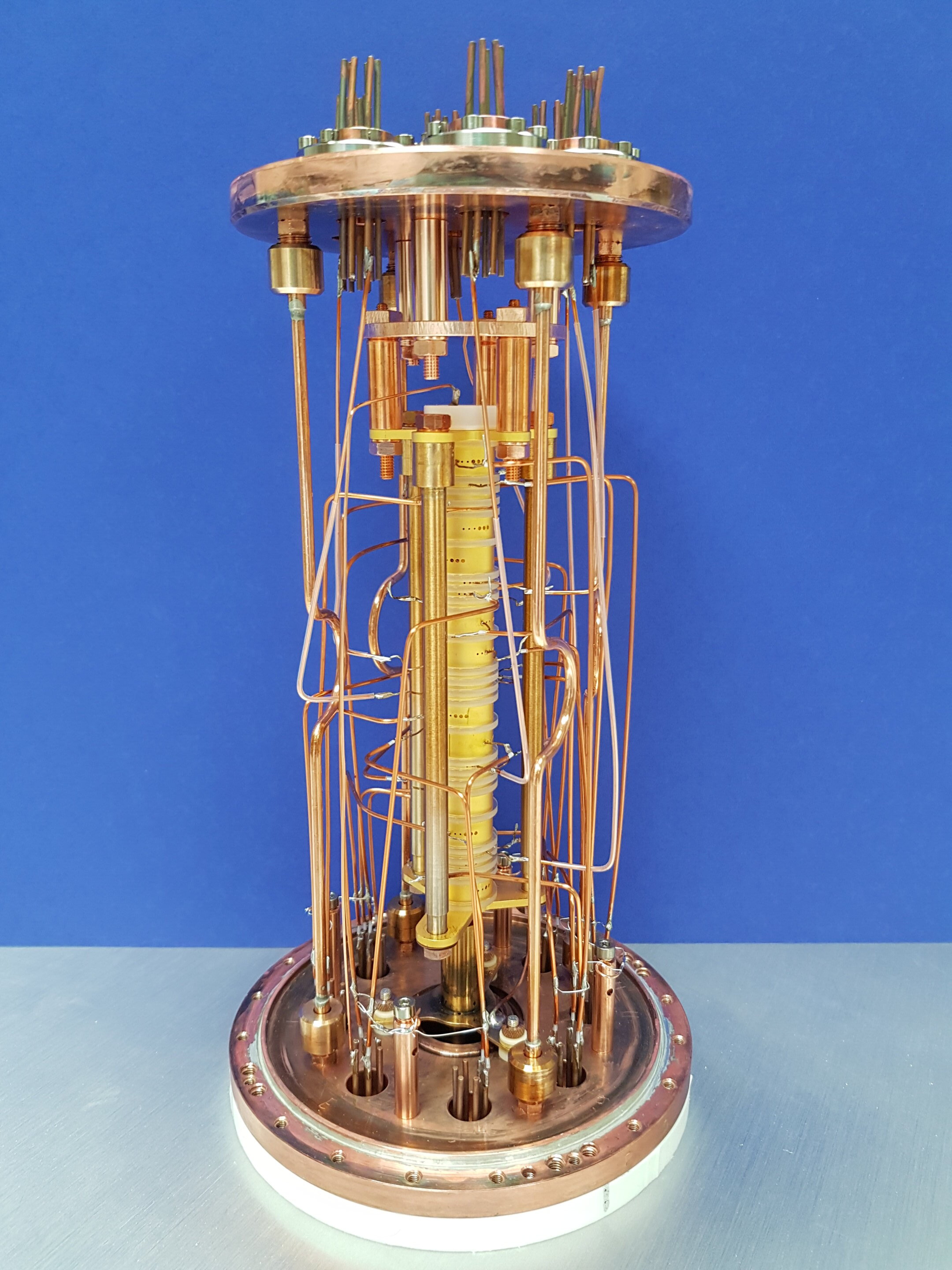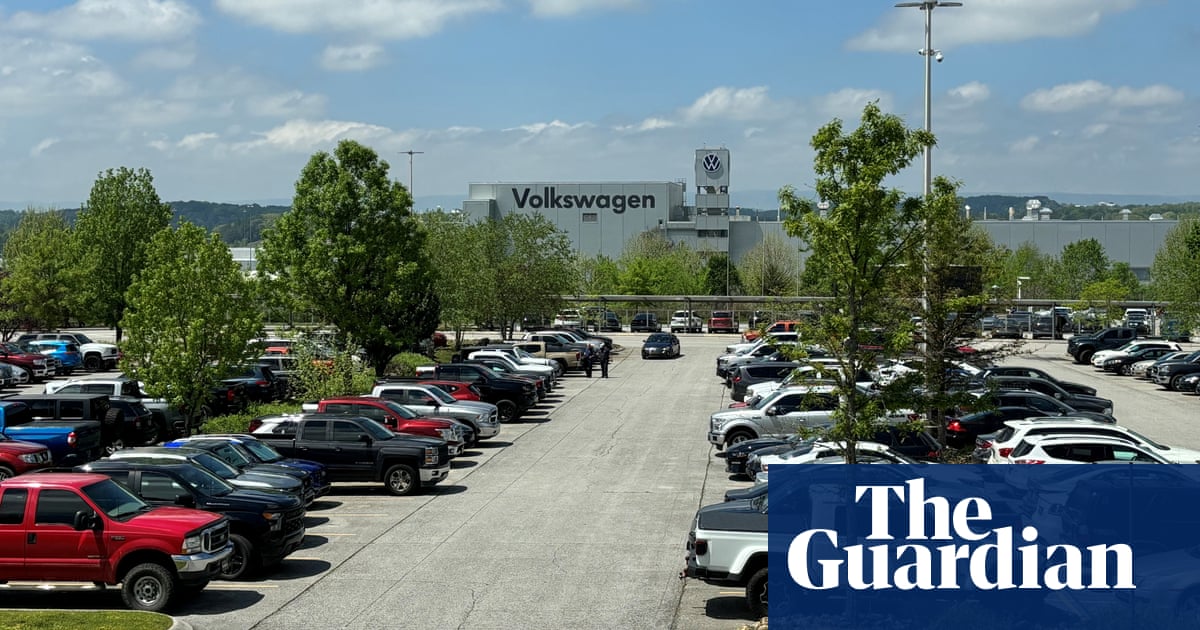
America’s Forgotten Filling Stations
If you happened to be traveling from Washington, D.C. to Richmond, Virginia in 1935, you’d likely find yourself cruising down Route 1, the forebear of Interstate 95. With the Great Depression receding in your rearview mirror, the trip is really an excuse to put some miles on your new Plymouth PE Deluxe, just like the one Chrysler showed off at Chicago’s Century of Progress exposition. Cars of the era average about 14 mpg, but 20 miles out, you notice you’re running low on gas, around Ashland, a 19th-century resort town that’s home to Randolph-Macon College. The car isn’t the only one on empty; your driving party is famished too. Just past Route 54, you spot an Esso gas station sign and pull into Ella Cinders Tea Room, likely named for the newspaper comic strip launched 10 years earlier. Lucky for you, it’s Sunday, when the restaurant offers 75-cent dinners of fried chicken or Smithfield ham.
For half a century beginning around the 1910s, tea rooms popped up across America on the shoulders of the nation’s rapidly expanding roadways. When the Virginia General Assembly included the 110-mile stretch of Route 1 between Richmond and Washington (then called the Richmond-Washington Highway) in the first state highway system in 1918, much of it was still gravel and soil, and when it rained, horses would have to pull cars through the mud. But the State Highway Commission (with help from prisoners sentenced to hard labor on Virginia’s convict road force) fully paved Route 1 by 1927 and widened it to four lanes in the early 1930s, just as registered motor vehicles in Virginia approached half a million — bringing plenty of business to Ella Cinders’ gas pumps and restaurant.
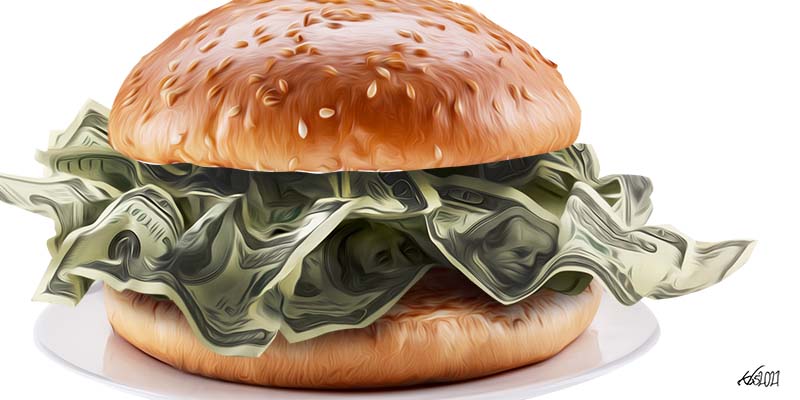



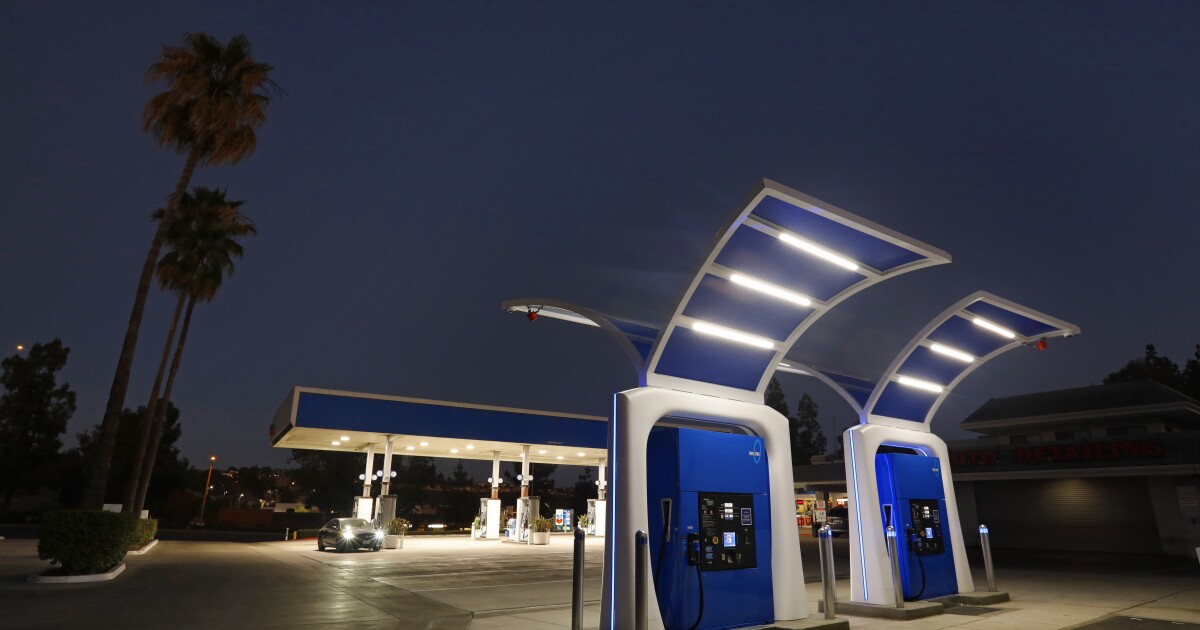





/cdn.vox-cdn.com/uploads/chorus_asset/file/25330660/STK414_AI_CHATBOT_H.jpg)
